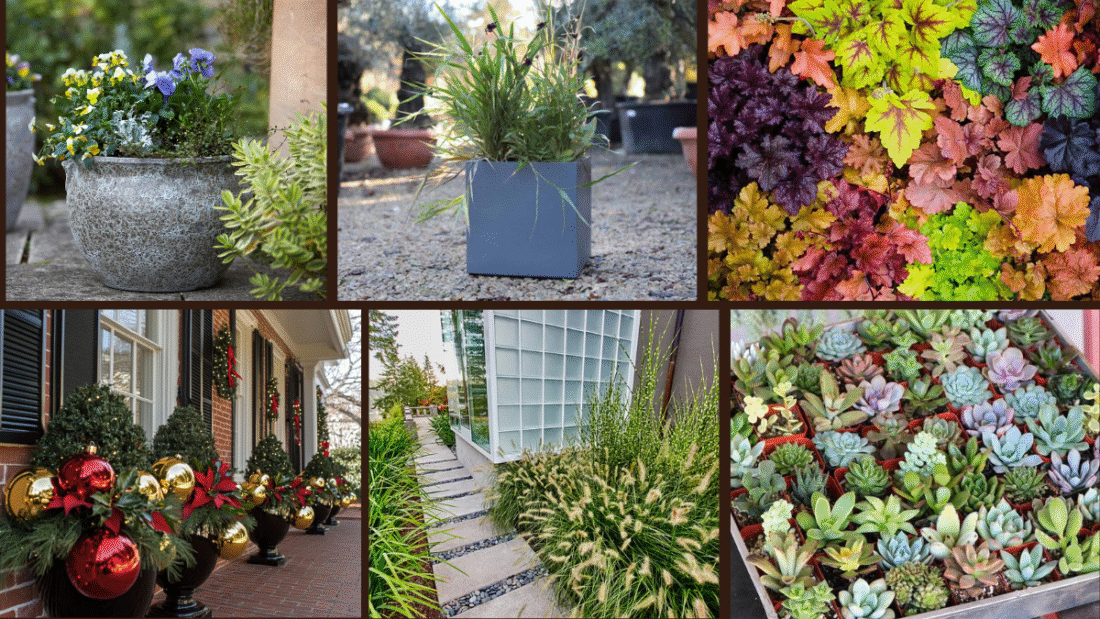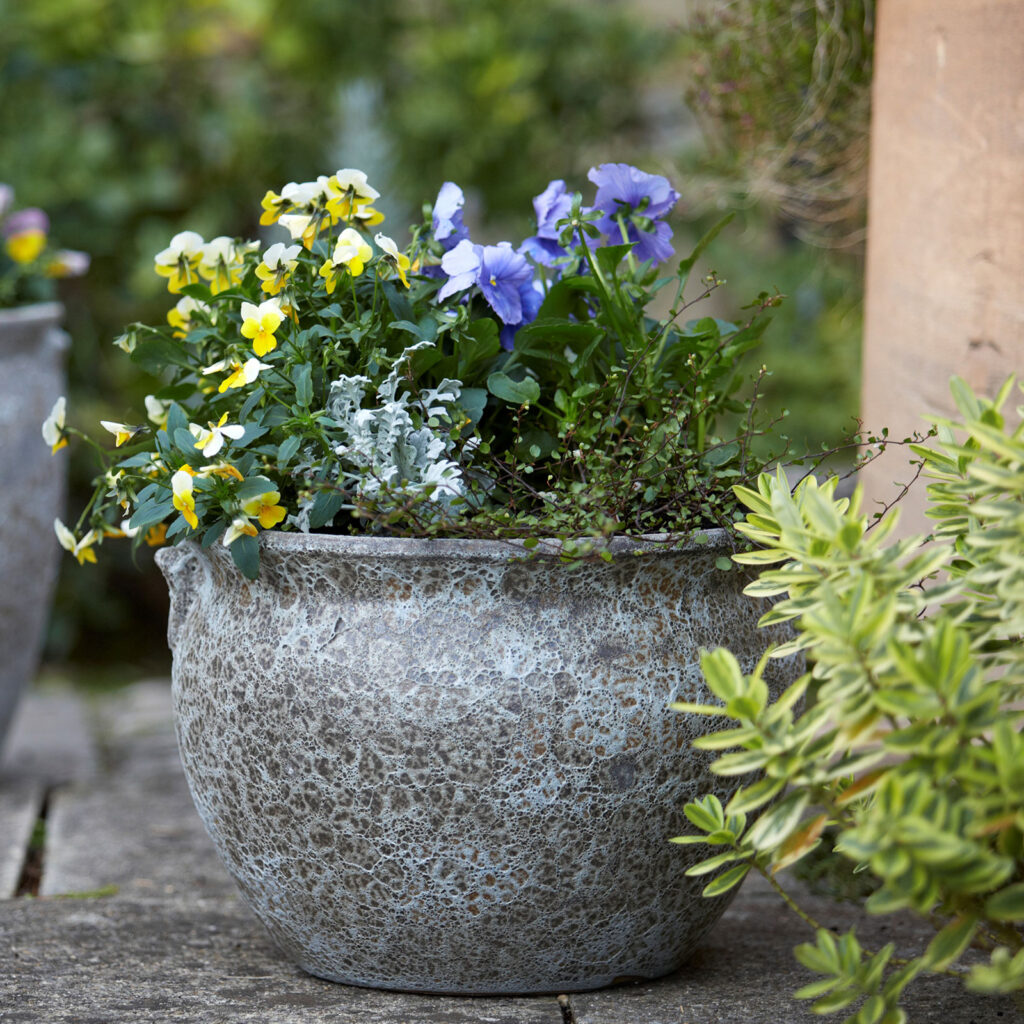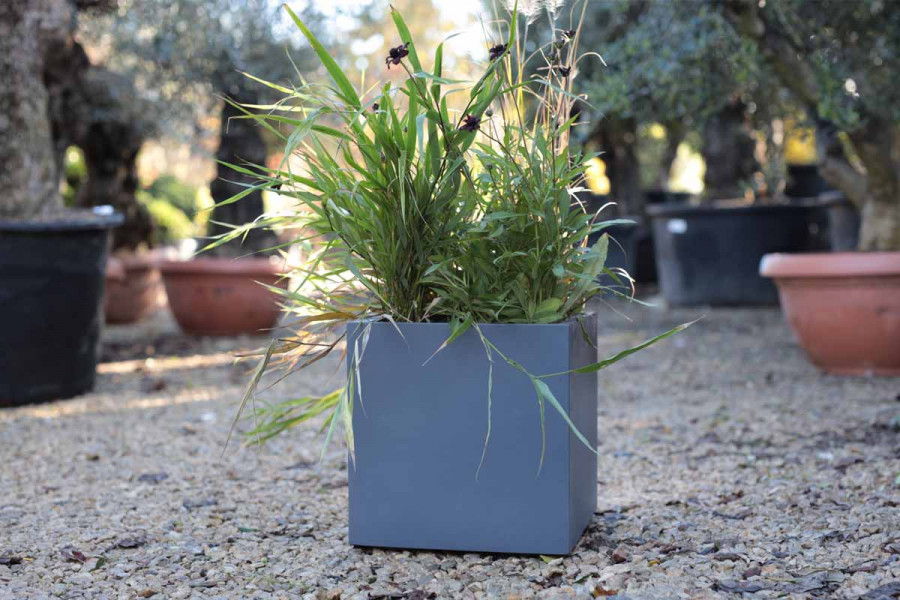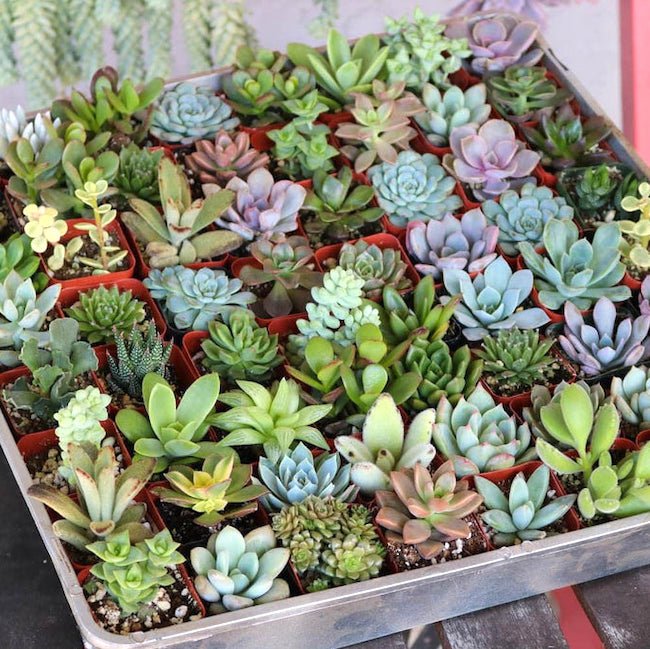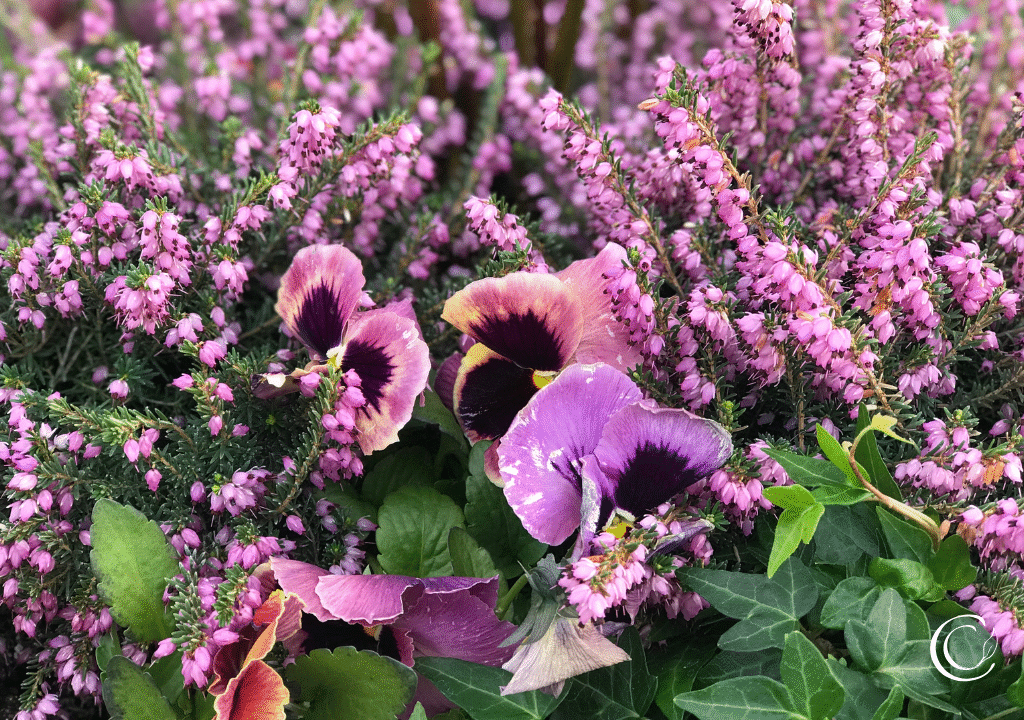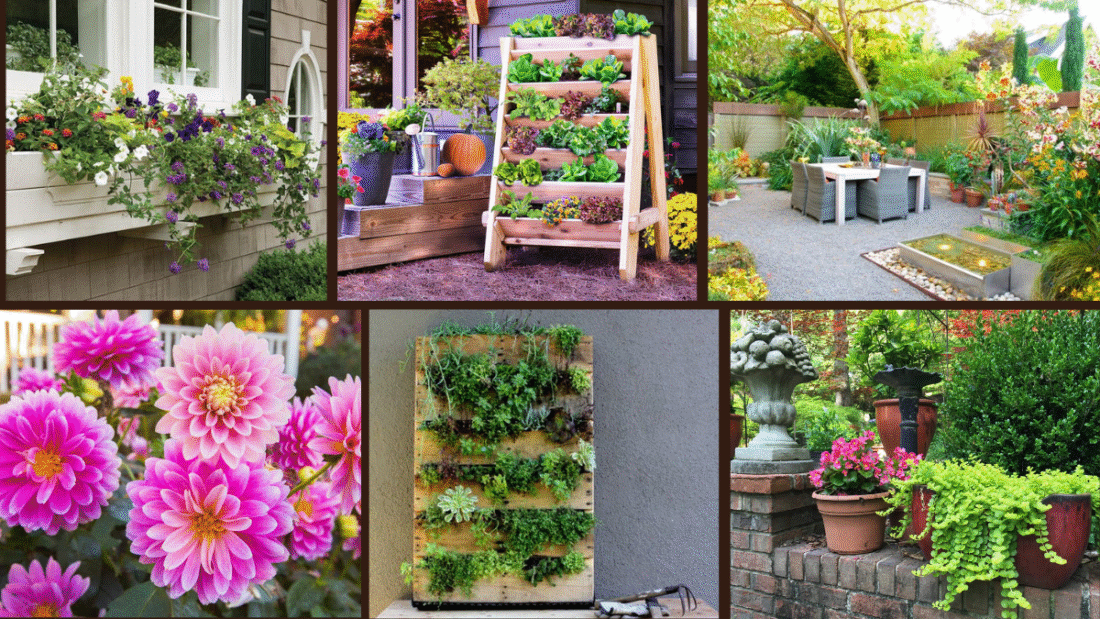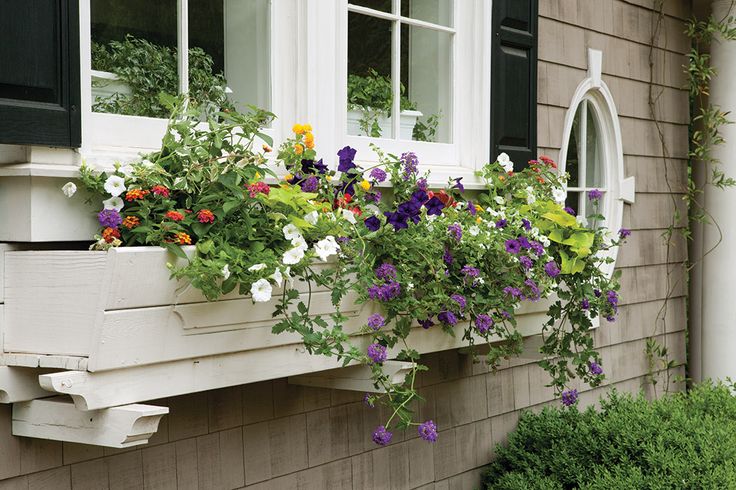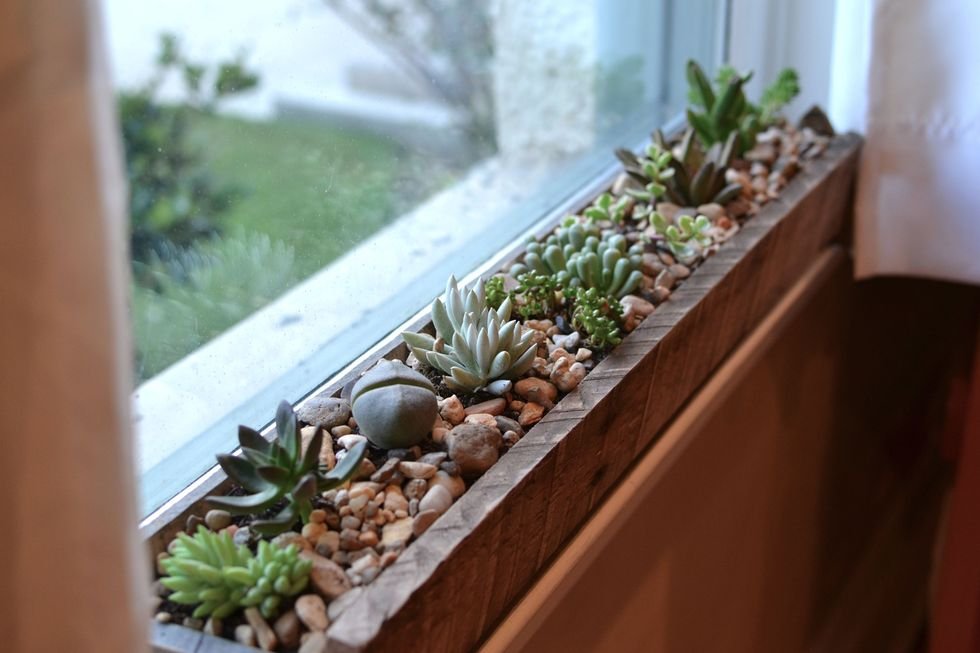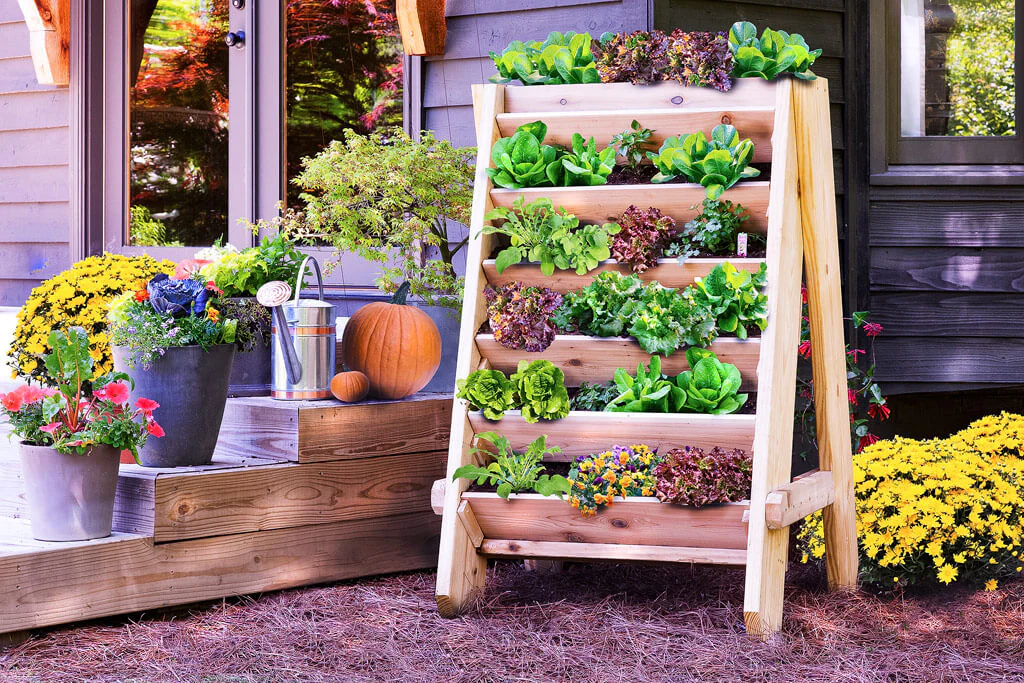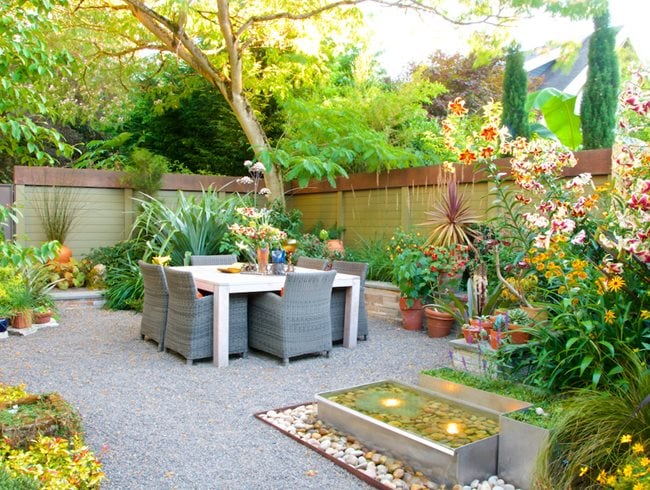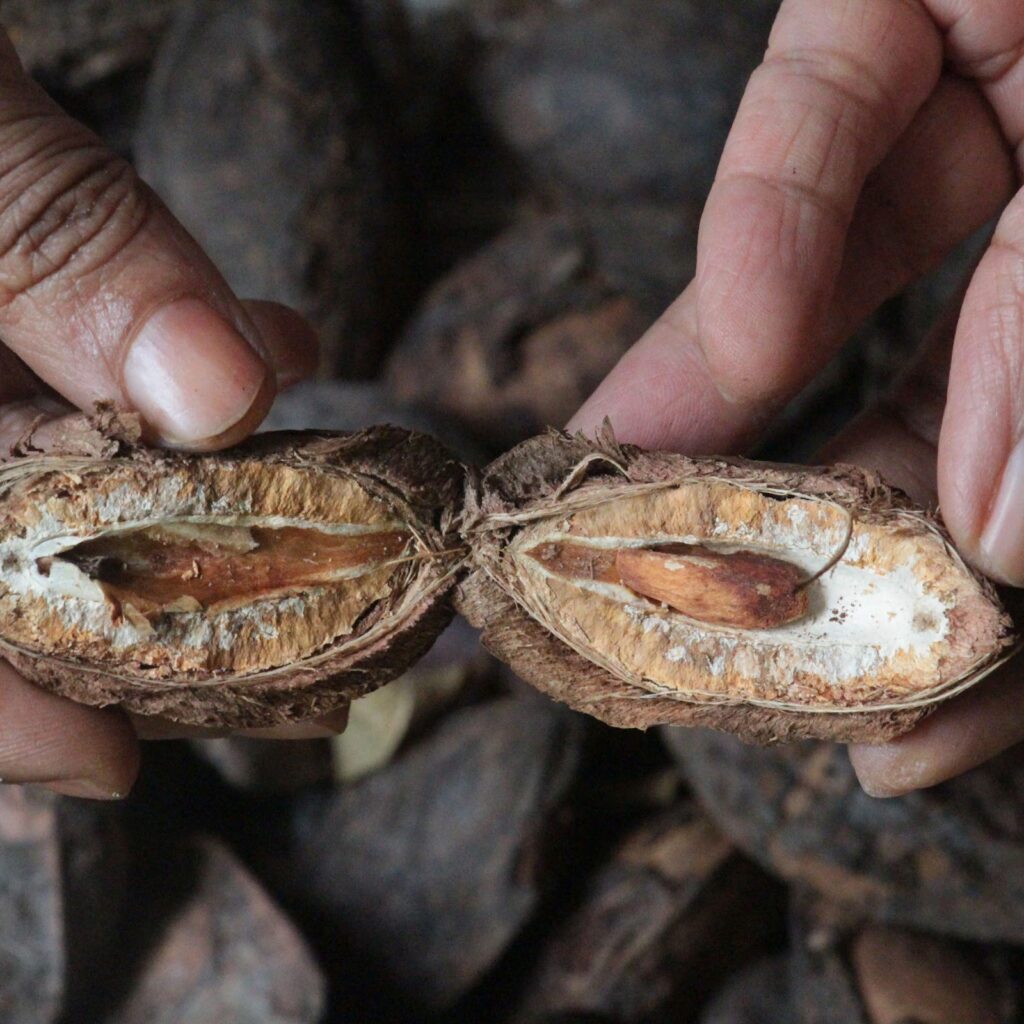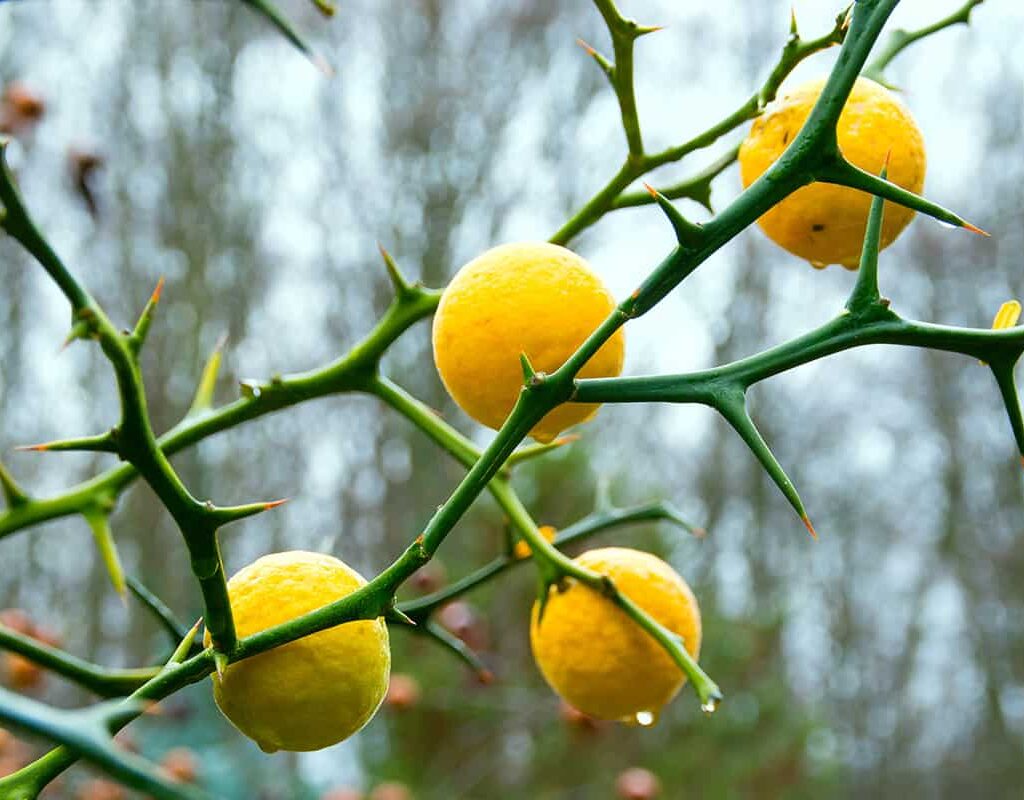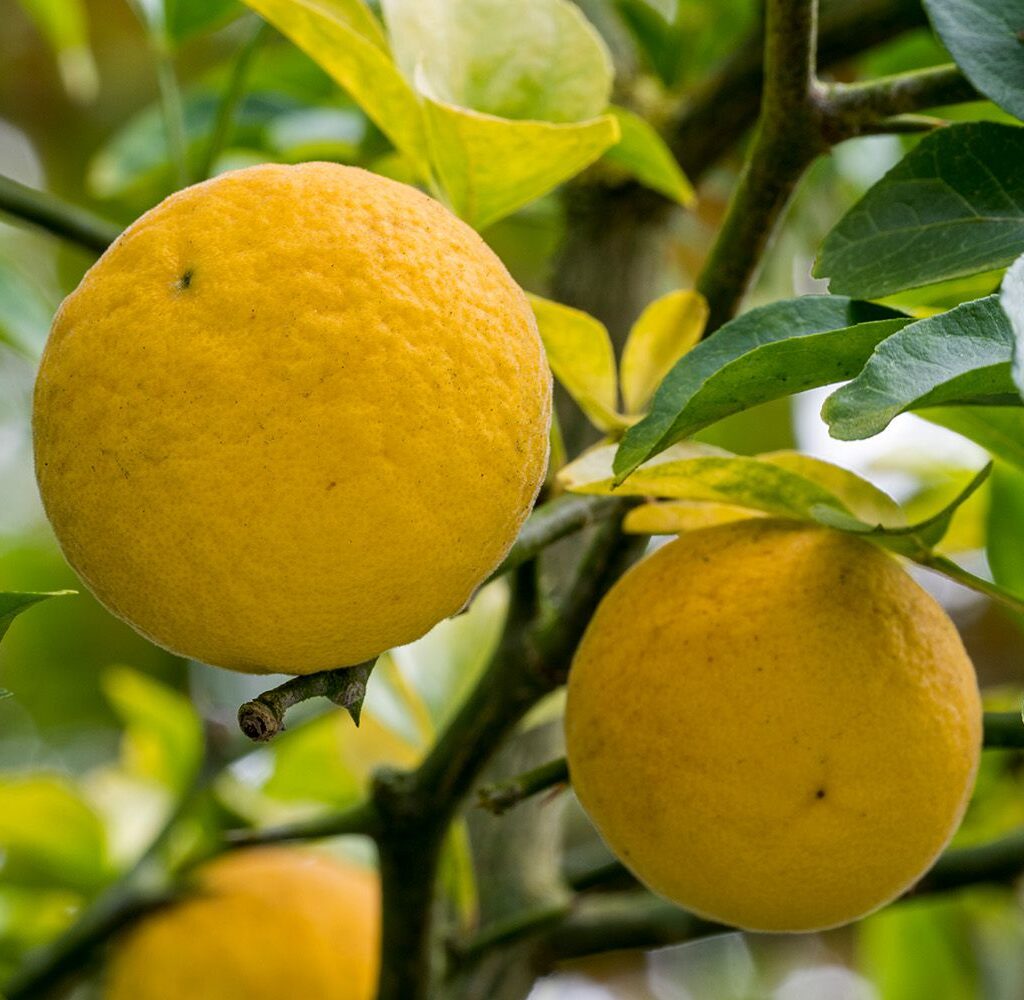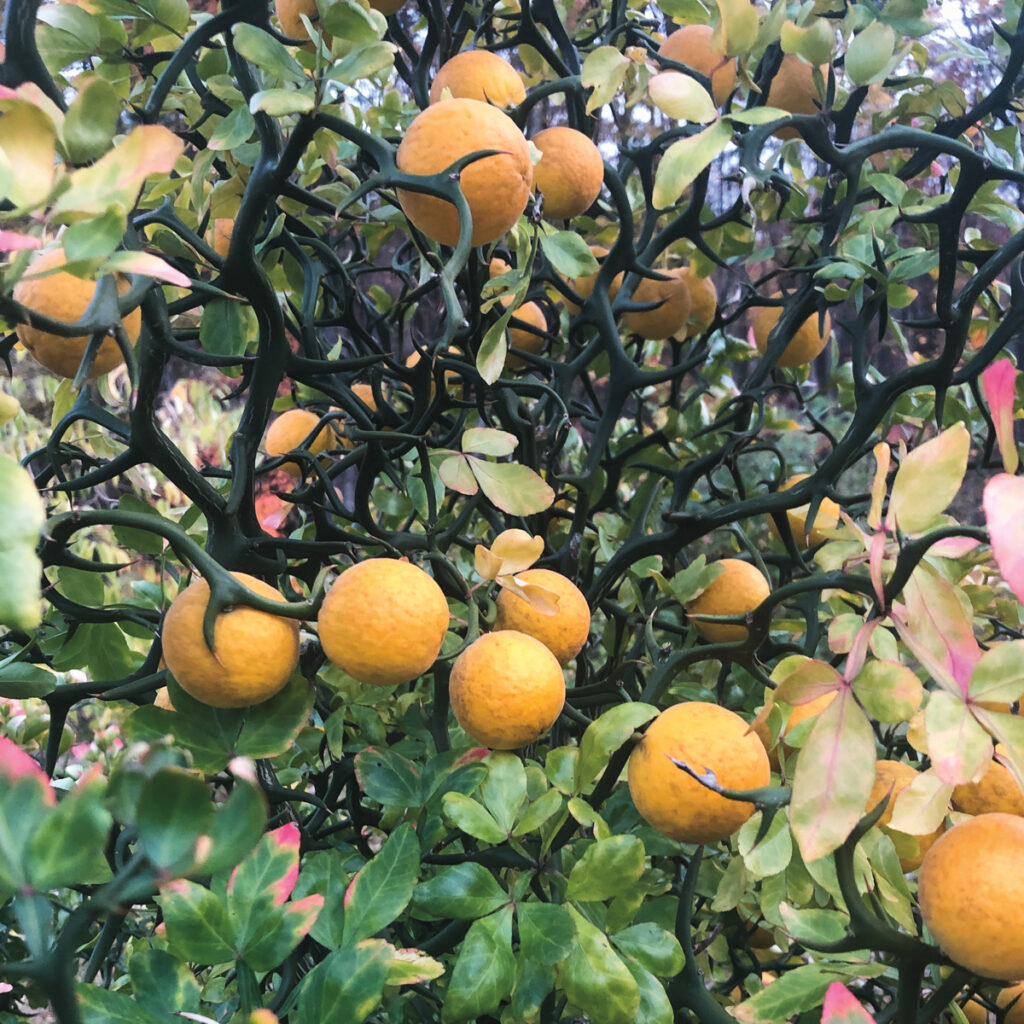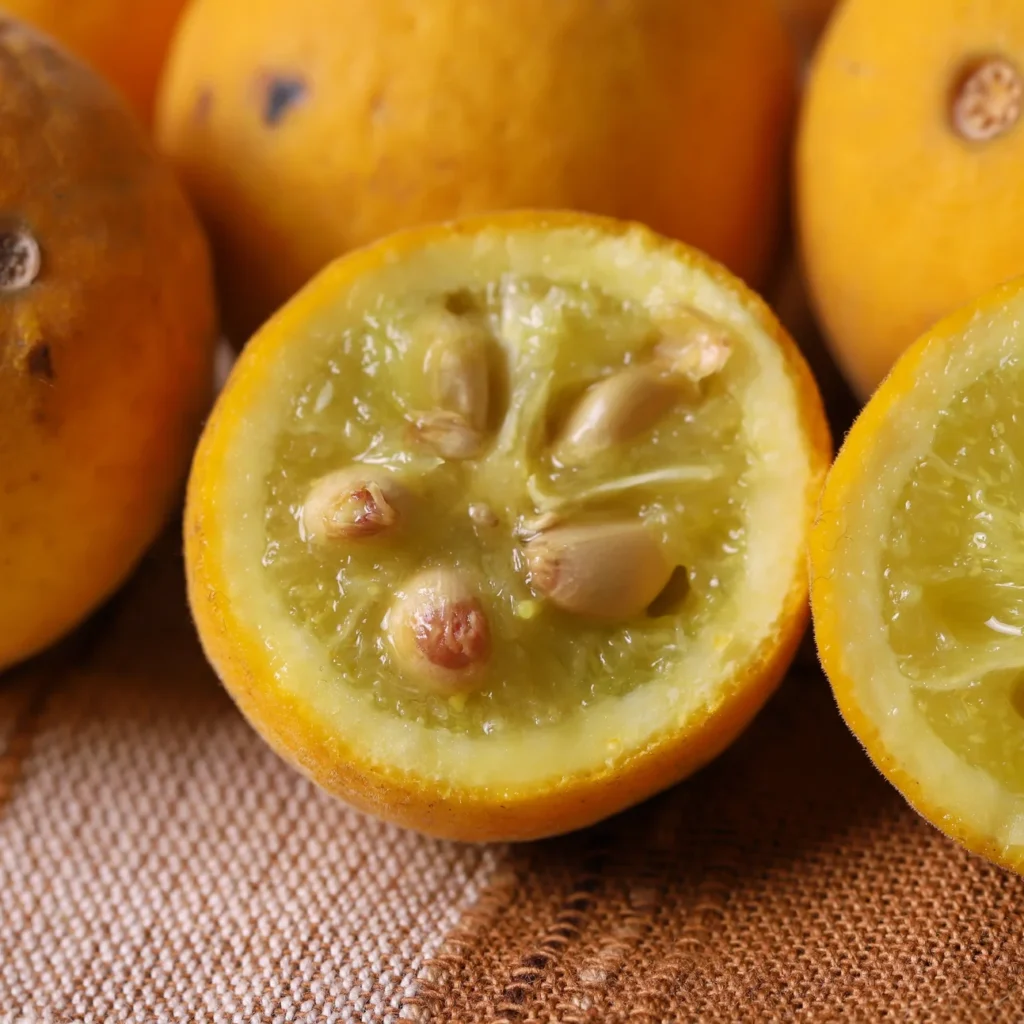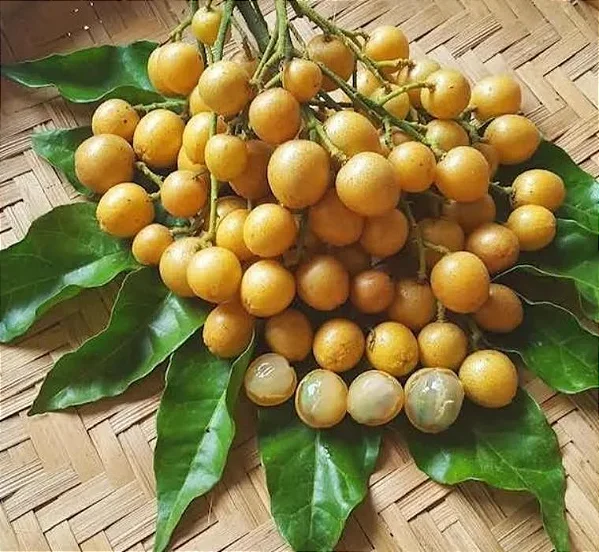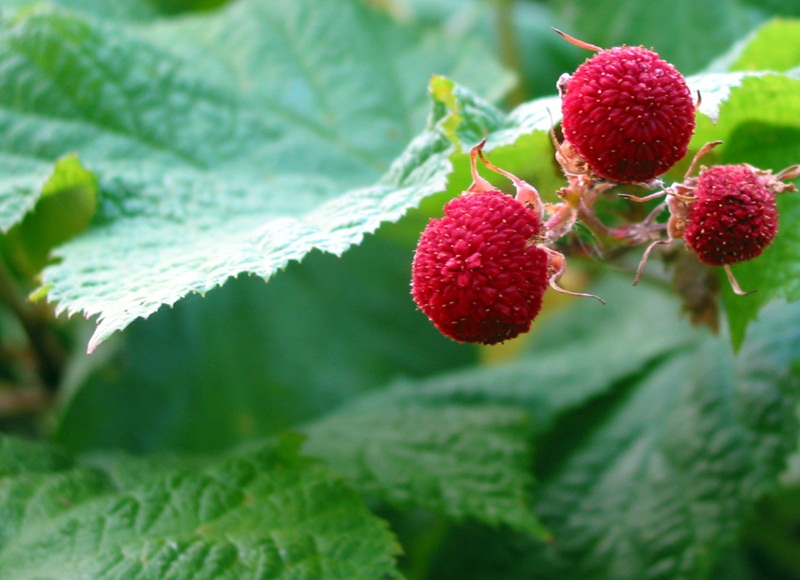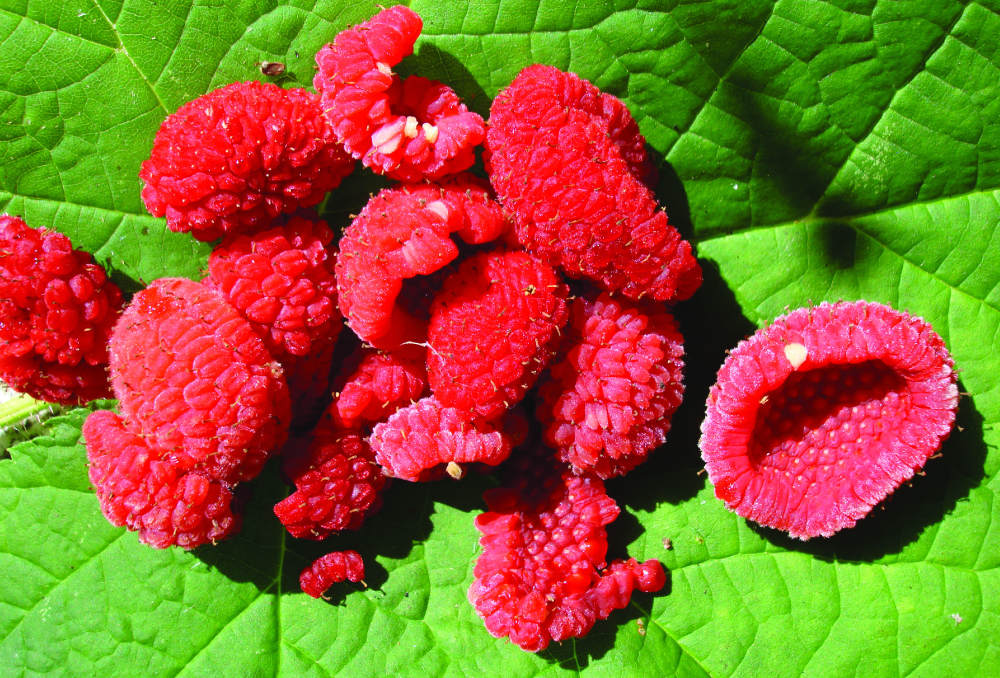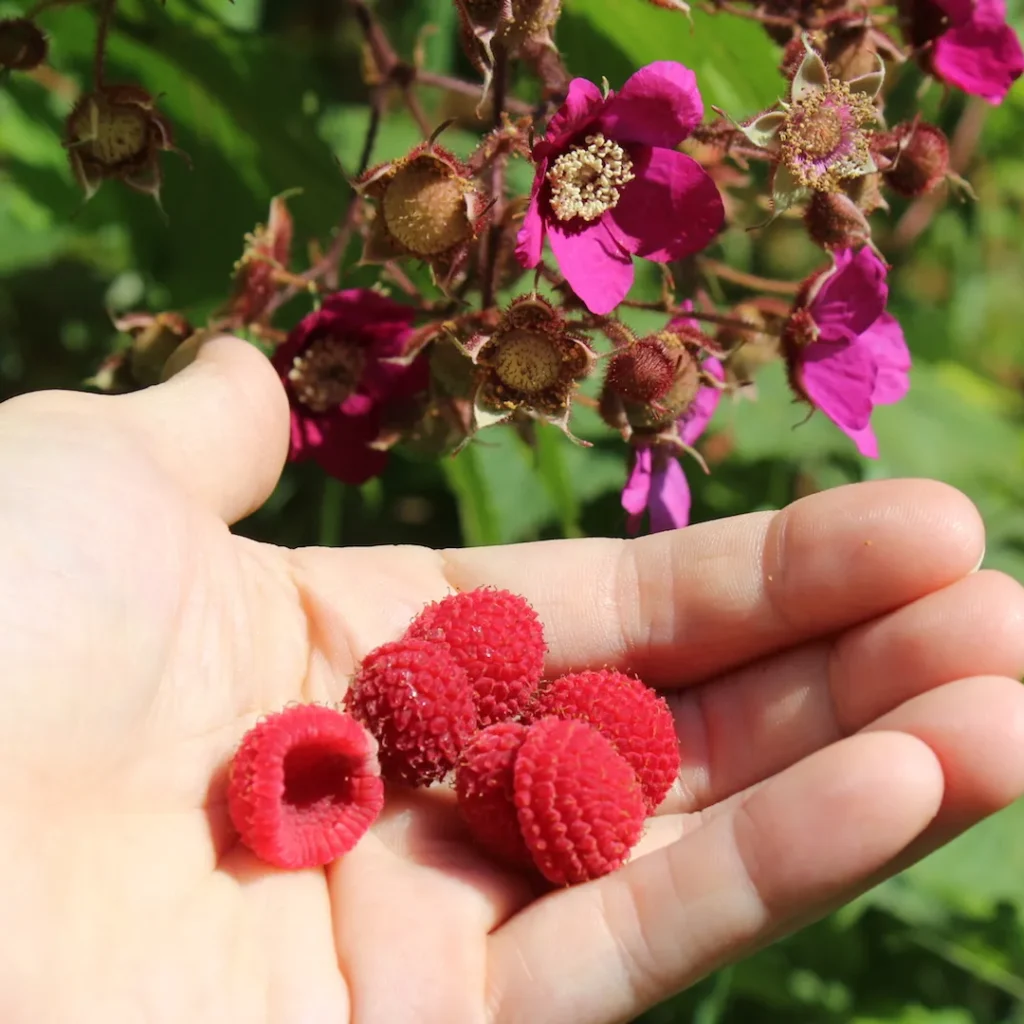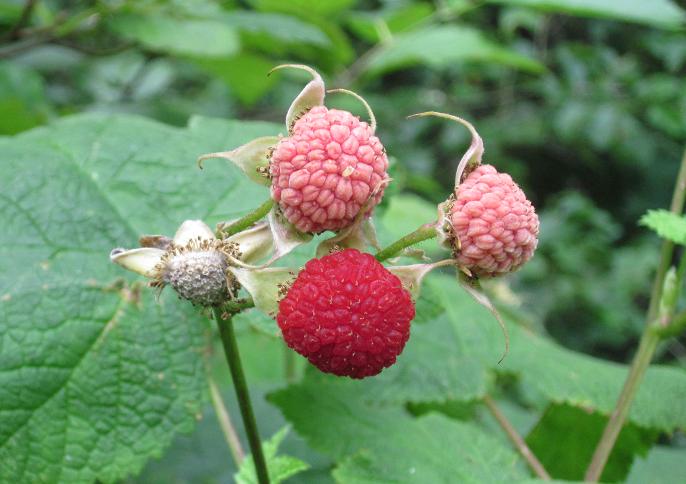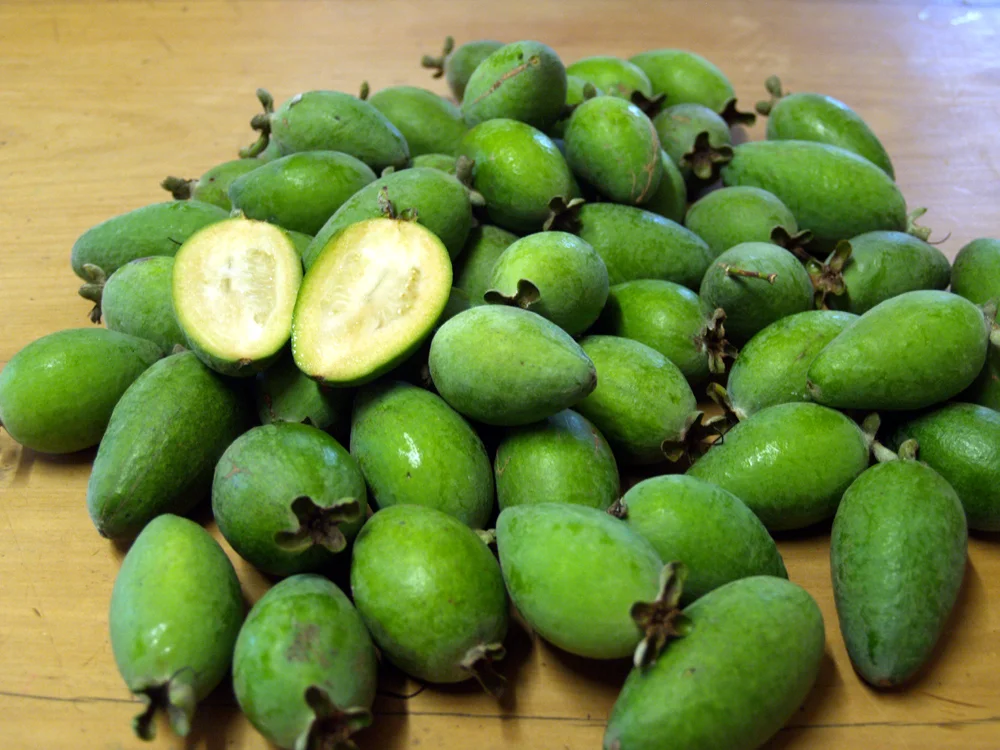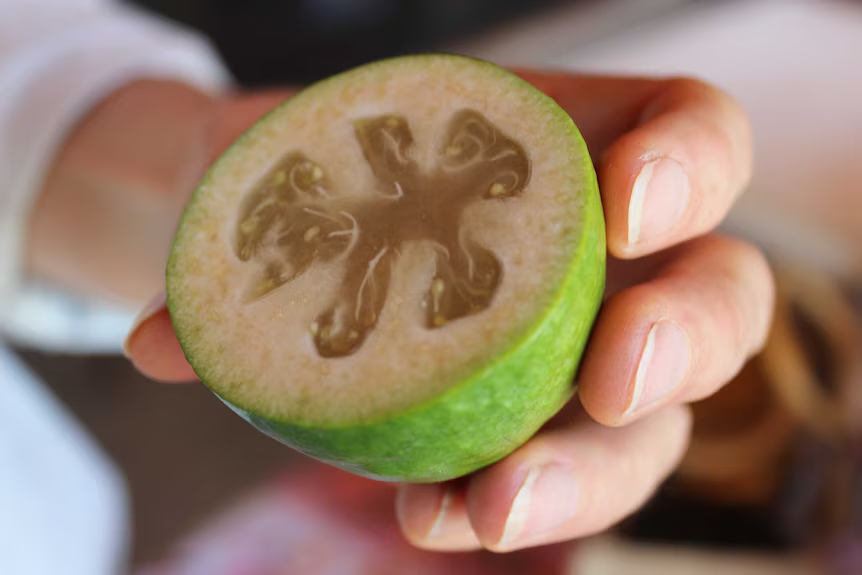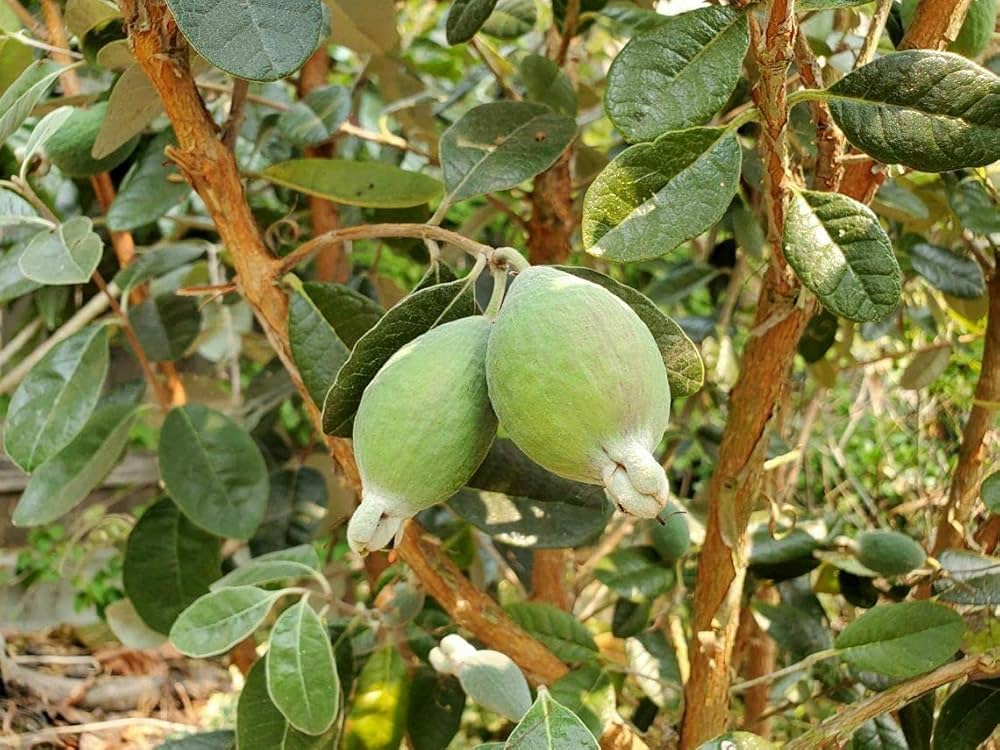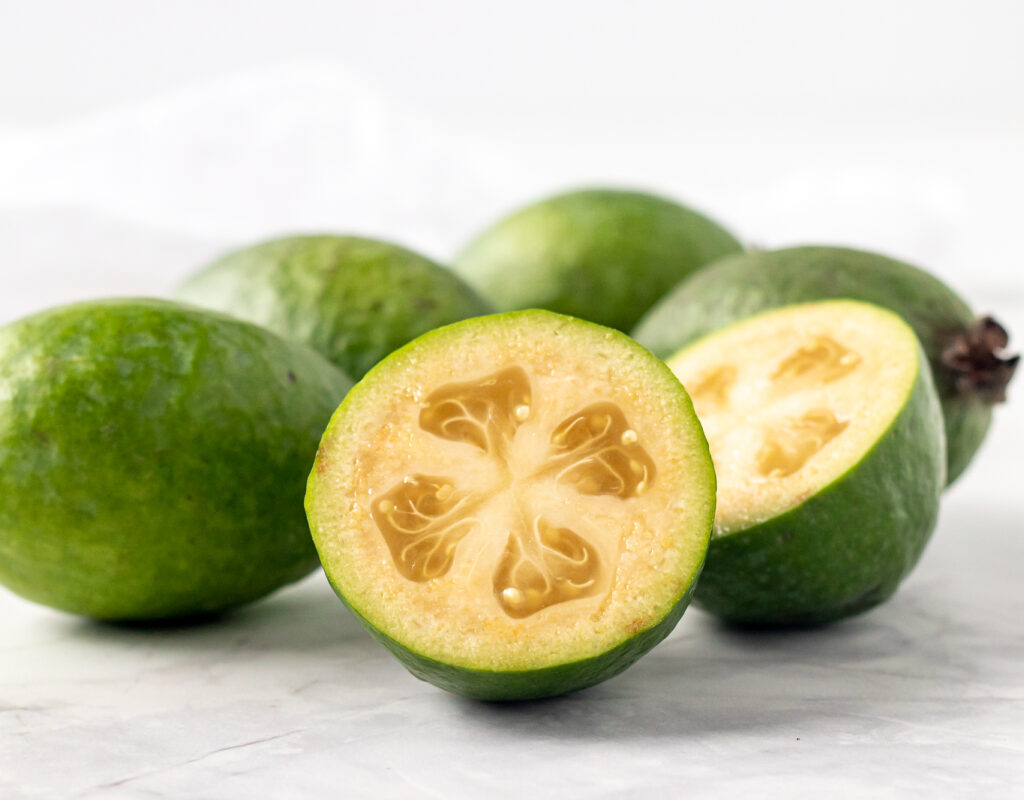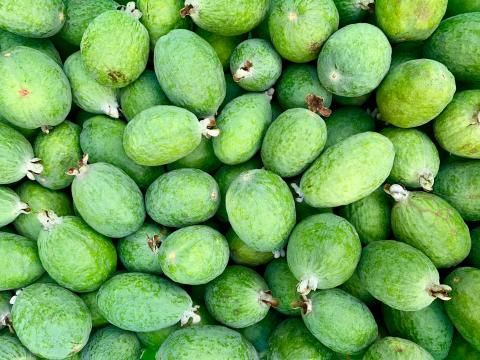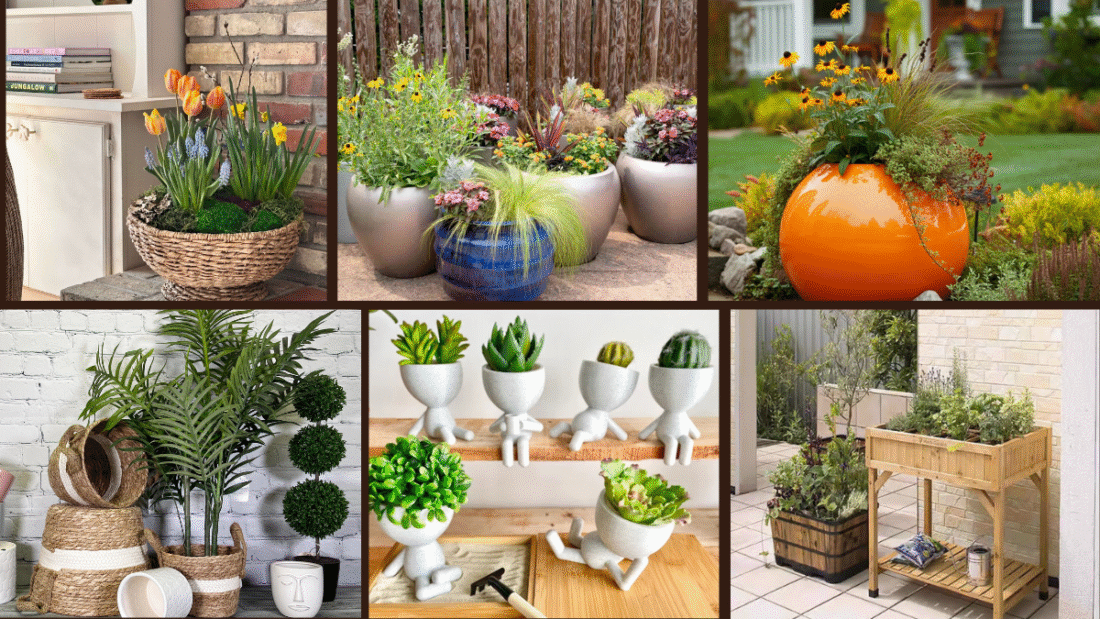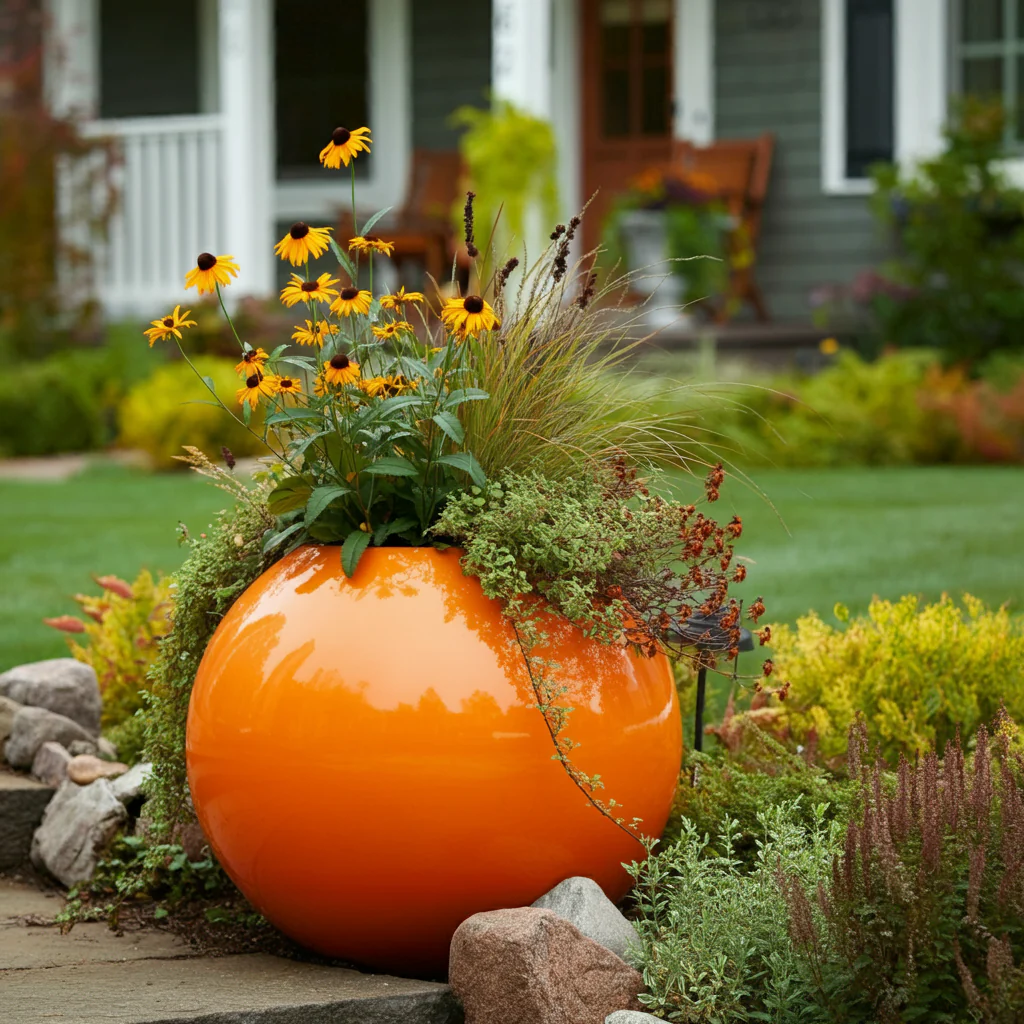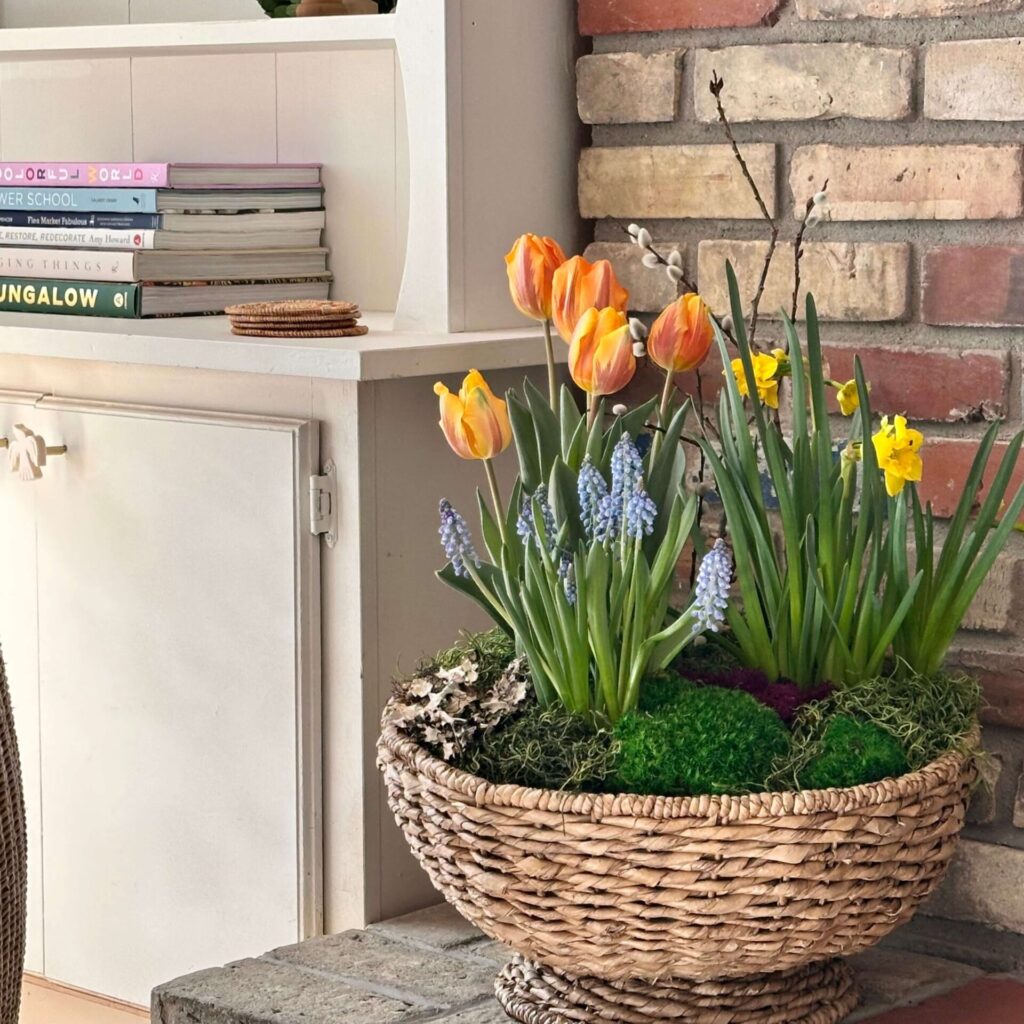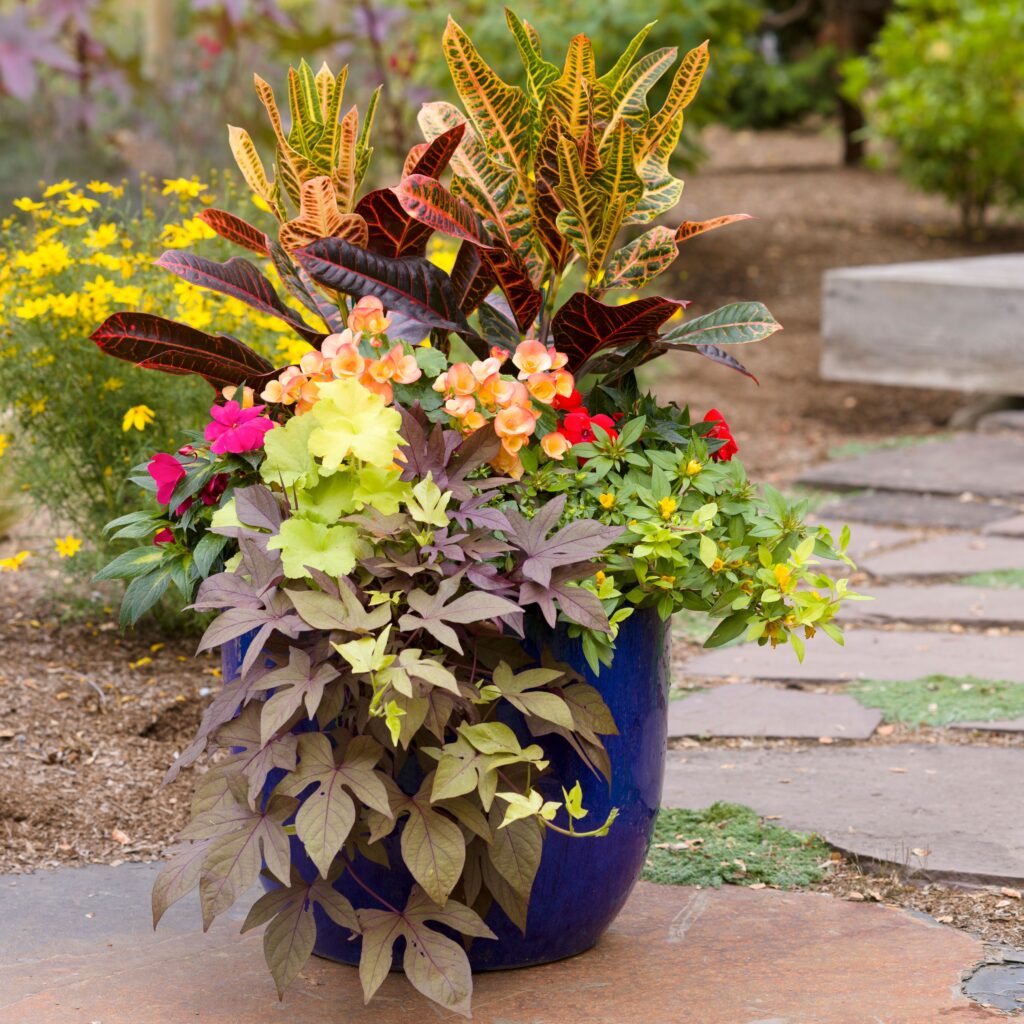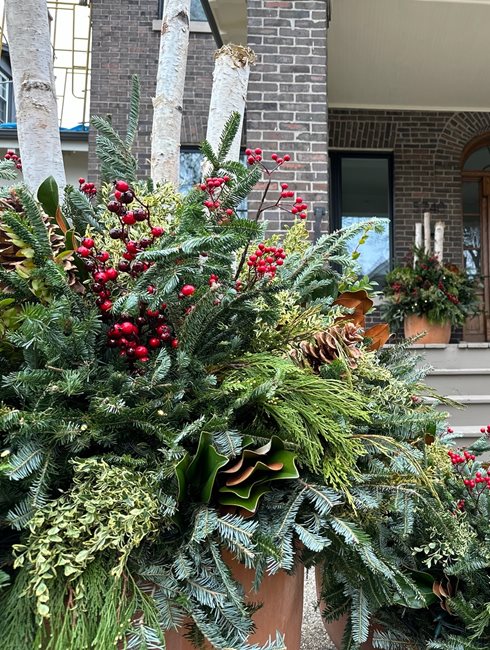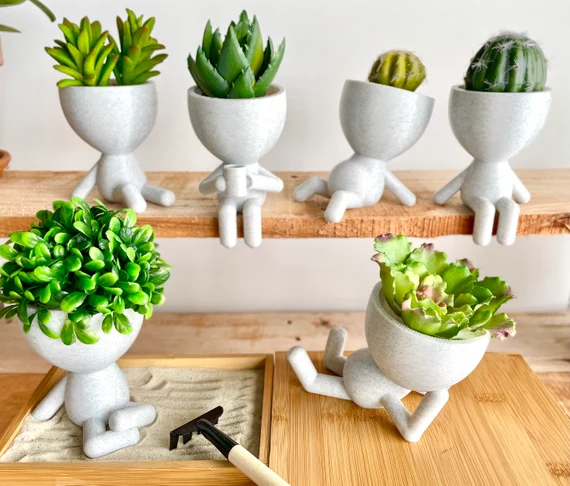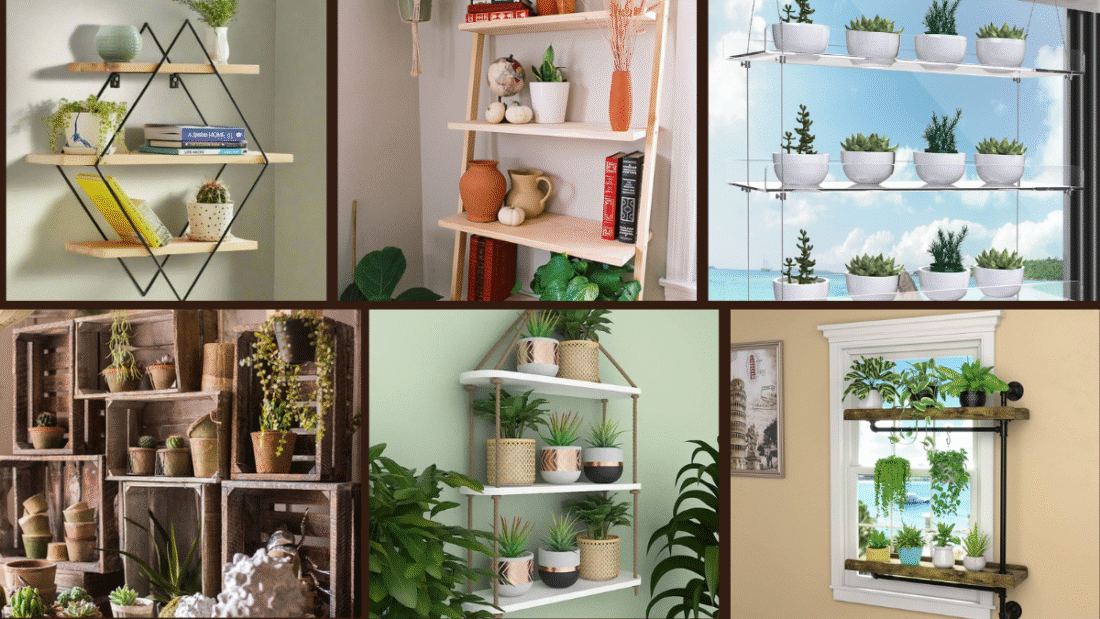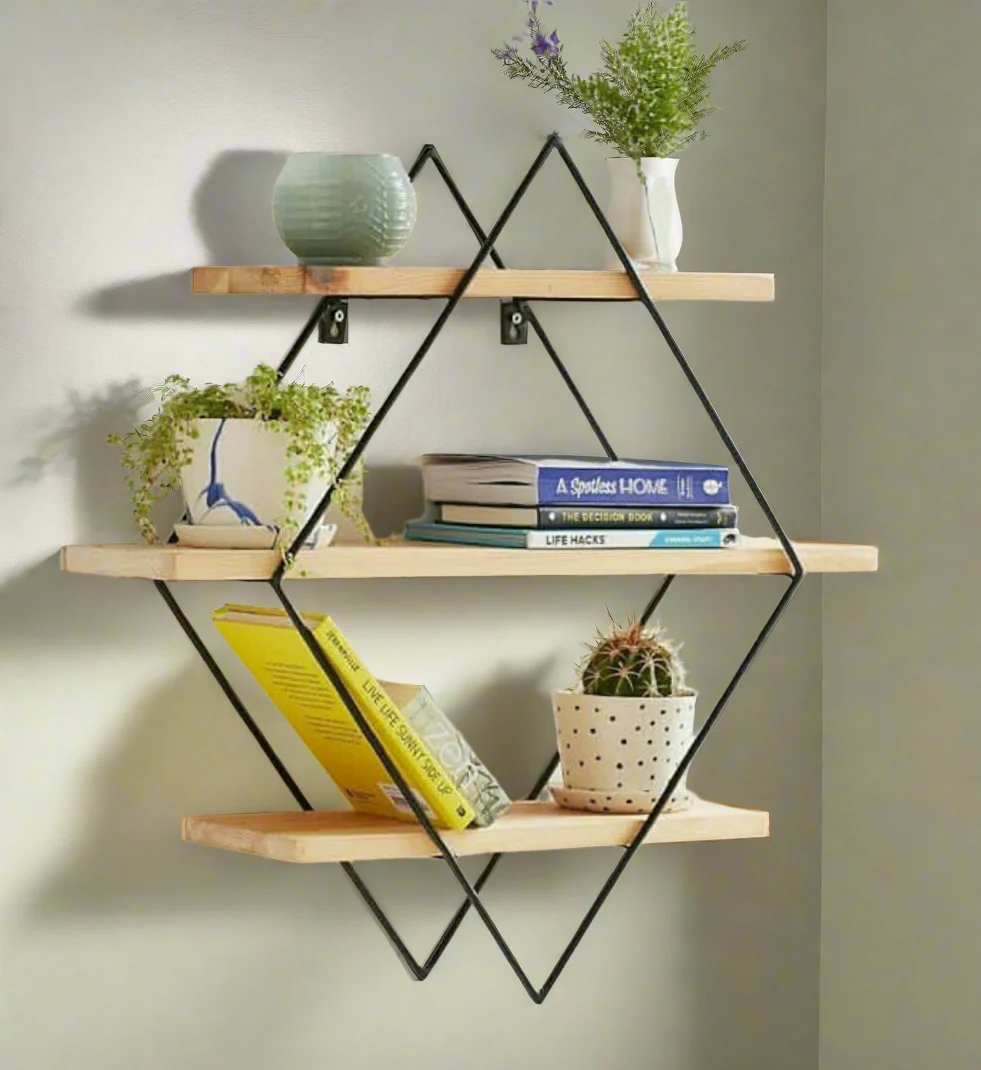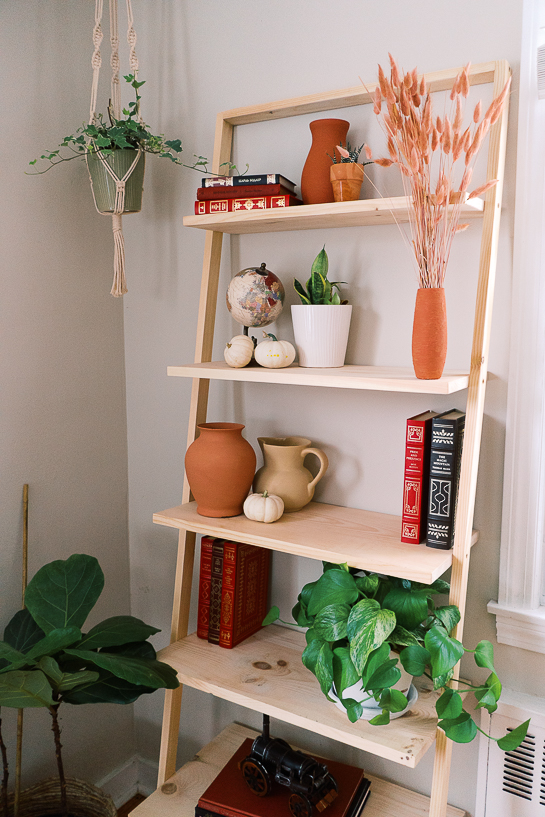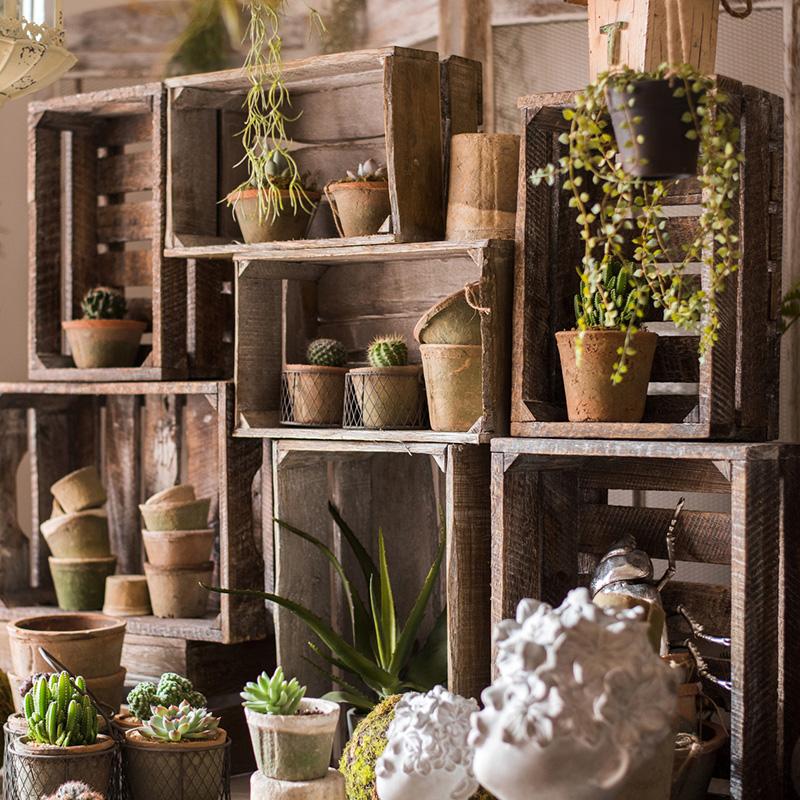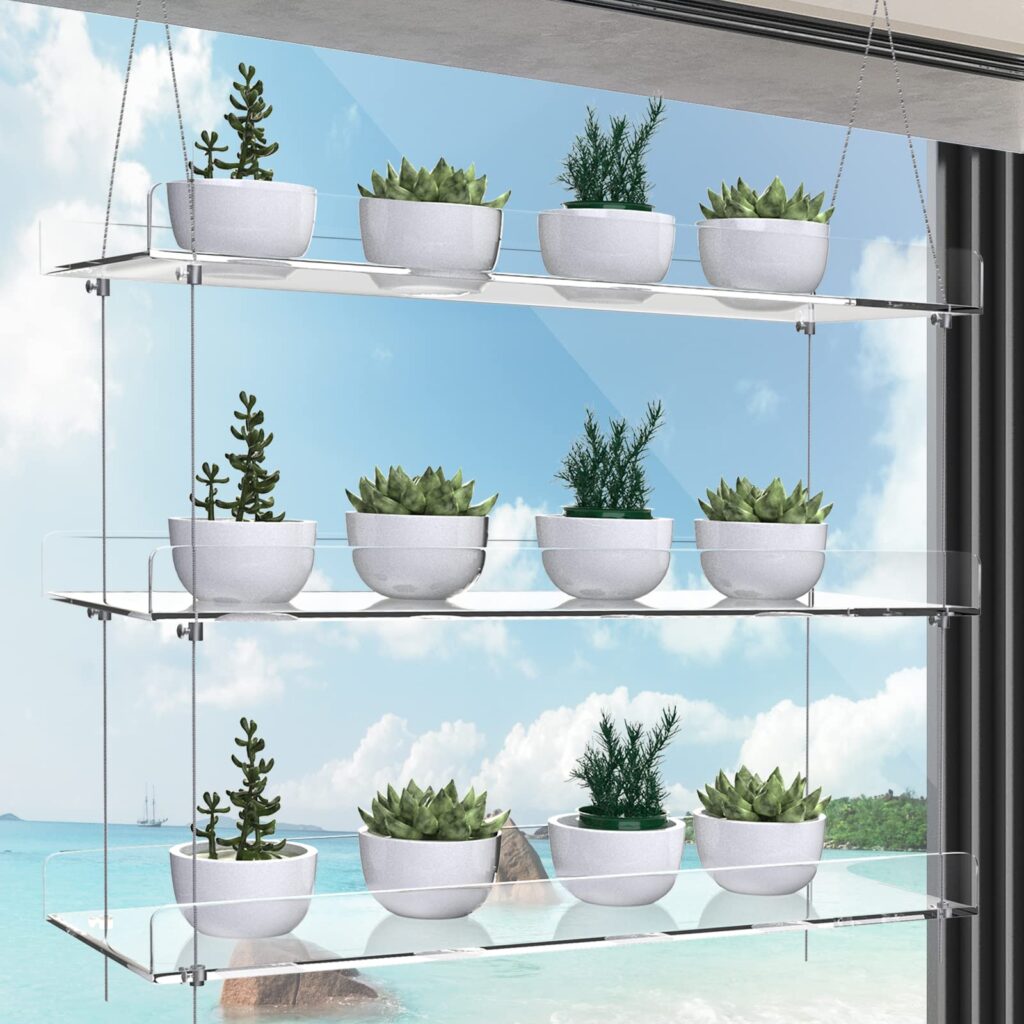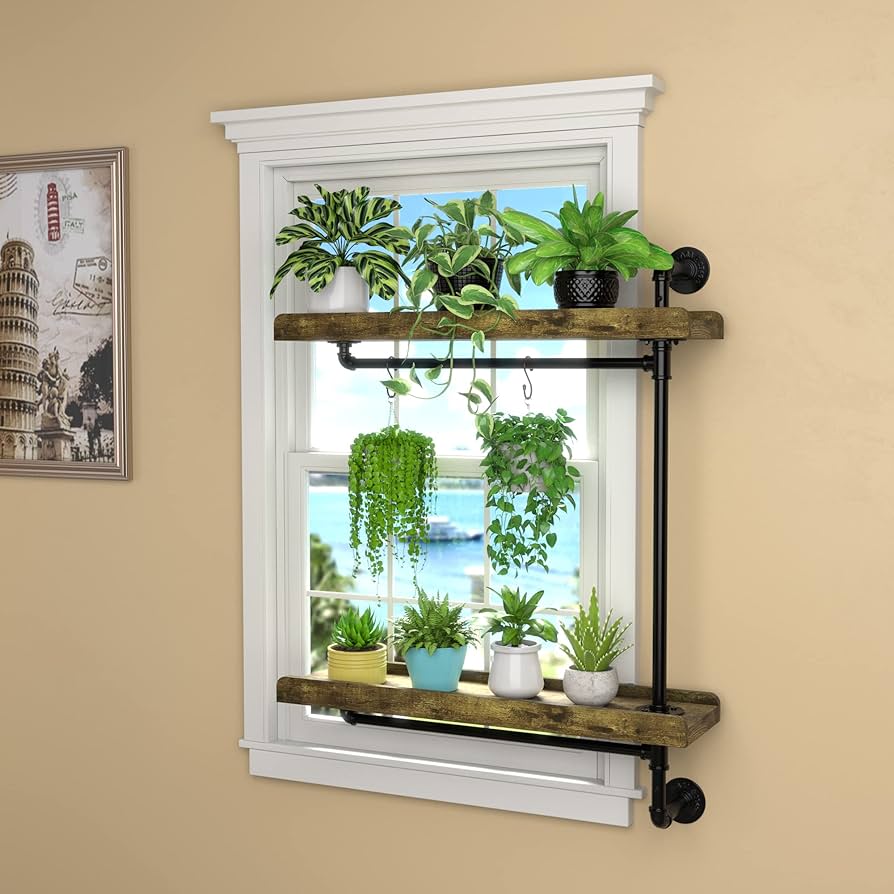Bathrooms aren’t just functional spaces — with the right touches, they can become calming retreats. One of the easiest ways to bring warmth, tranquility, and freshness into a bathroom is by adding indoor plants. Many houseplants thrive in the humid, low-light conditions of a typical bathroom, while adding a splash of greenery that soothes the senses. Whether your style is modern, rustic, or spa-inspired, here are 7 beautiful bathroom plant ideas to give your space a refreshing, natural vibe.
1. Ferns for Lush, Tropical Vibes
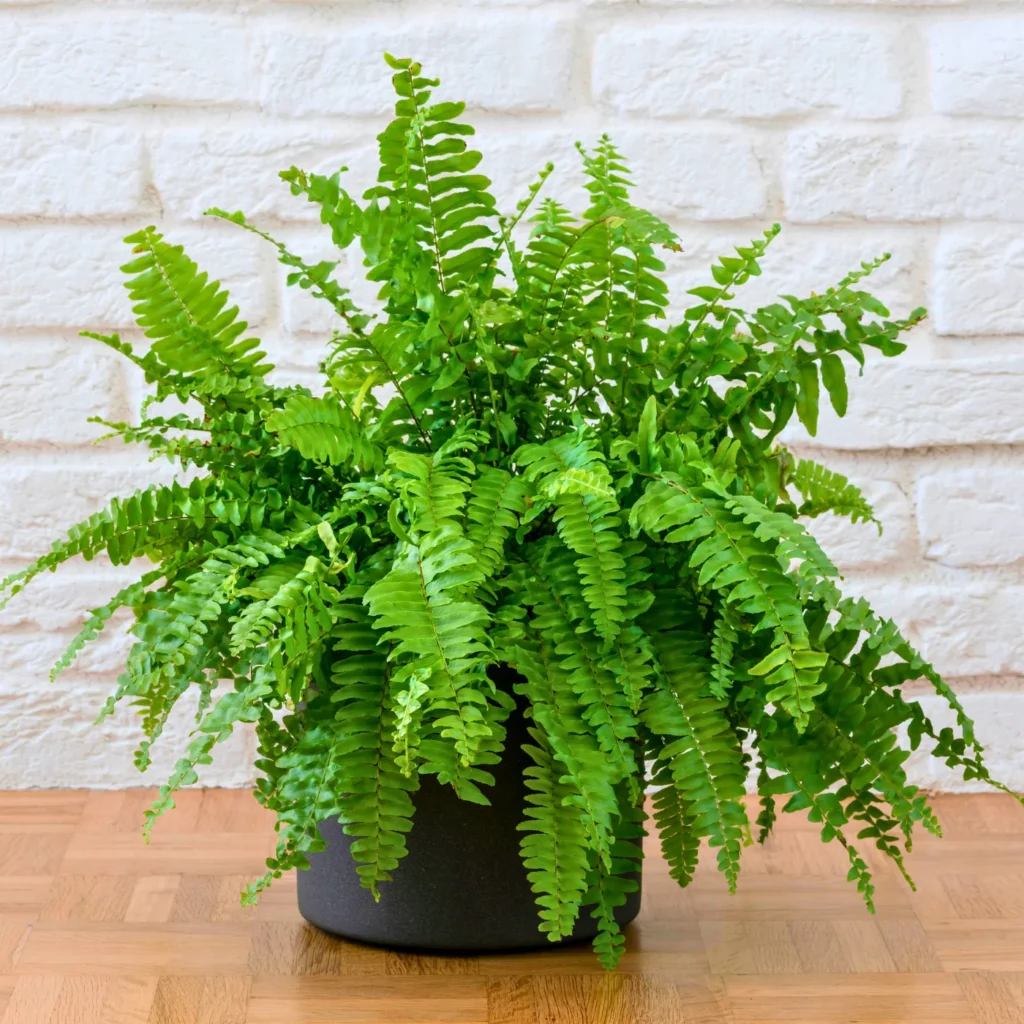
Ferns are a classic choice for bathrooms thanks to their love for humidity and filtered light. Varieties like Boston fern and bird’s nest fern thrive in the moist environment and soften any room with their delicate, feathery fronds. Hang them in a macramé planter near a window or place them on a shelf to let their leaves spill gracefully over the sides. Ferns not only add texture and volume but also help purify the air, making your bathroom feel like a private spa.
2. Snake Plant for a Modern, Low-Maintenance Touch

If you’re looking for a hardy, sculptural plant that can handle both humidity and neglect, the snake plant (Sansevieria) is ideal. Its tall, upright leaves and striking variegated patterns suit modern, minimalist bathrooms perfectly. Snake plants are excellent air purifiers and thrive in low to medium light, so they’ll be happy even if your bathroom doesn’t get direct sunlight. Place it in a sleek ceramic pot on the floor or beside the sink for a bold, fresh statement.
3. Pothos for Cascading Greenery

Pothos (Epipremnum aureum) is one of the most forgiving and versatile plants for bathroom décor. Its heart-shaped, trailing vines look gorgeous when hung from the ceiling, placed on a high shelf, or draped along a windowsill. Pothos loves the warmth and humidity of a bathroom and grows quickly even in indirect light. Choose from varieties like golden pothos, marble queen, or neon pothos to add color and texture. Occasional trimming will keep it tidy and encourage bushier growth.
4. Peace Lily for Elegant Blooms
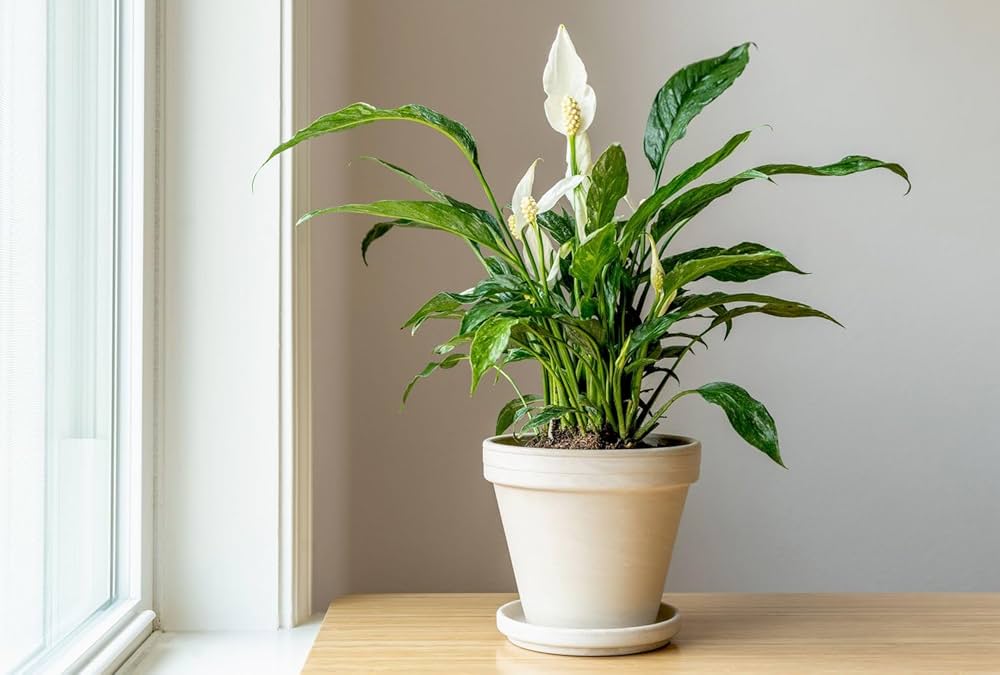
For a plant that’s both beautiful and beneficial, consider adding a peace lily (Spathiphyllum) to your bathroom. Known for its elegant white blooms and glossy green leaves, the peace lily thrives in humid environments with moderate, indirect light. It’s also one of the best plants for purifying indoor air by removing toxins. Place it on a countertop, stool, or plant stand for a sophisticated touch. Water regularly, keeping the soil moist but not soggy, and it will reward you with year-round beauty.
5. Aloe Vera for Beauty and Practicality

Aloe vera is not only attractive with its spiky, architectural form but also incredibly useful. Its gel-filled leaves are perfect for soothing minor burns, skin irritations, and dry patches — making it a handy addition to any bathroom. Aloe prefers bright, indirect light and can tolerate occasional humidity, so it works well on a sunny bathroom windowsill. Choose a small, decorative pot to complement your bathroom style, and allow the soil to dry out between waterings for healthy growth.
6. Orchids for a Luxurious Spa Feel
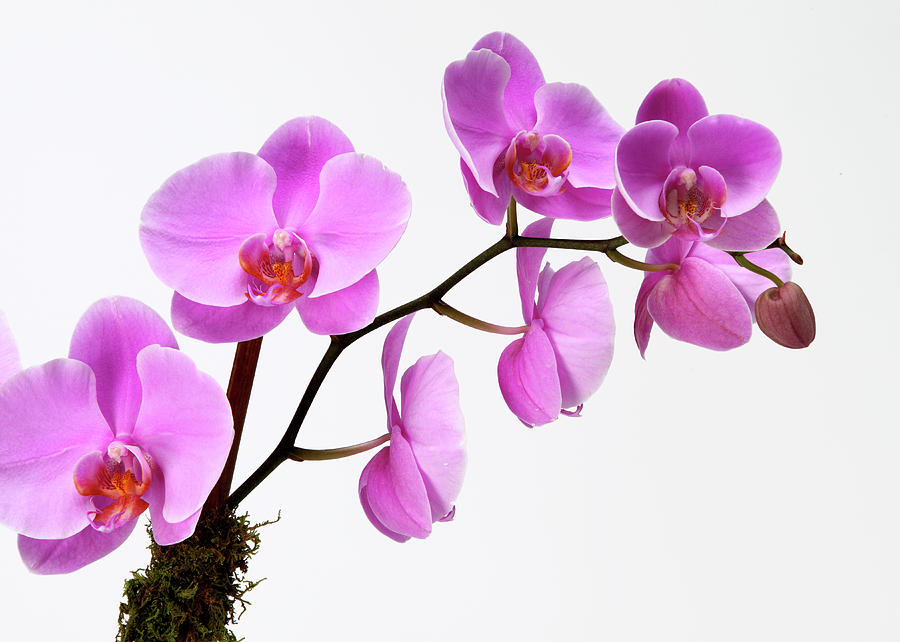
Bring a touch of luxury and color to your bathroom with orchids. These elegant flowering plants love the warm, humid atmosphere and indirect light, making bathrooms an ideal environment. Phalaenopsis orchids, in particular, are easy to care for and bloom for months when properly maintained. Place an orchid on your vanity, windowsill, or bathtub ledge to add sophistication and serene beauty. Their exotic blooms and slender green leaves create an instant spa-like ambiance that elevates any bathroom design.
7. ZZ Plant for Ultimate Resilience

If you’re worried about inconsistent lighting or forgetful watering habits, the ZZ plant (Zamioculcas zamiifolia) is your perfect bathroom companion. With its thick, waxy, dark green leaves, the ZZ plant can tolerate low light, high humidity, and irregular care. It’s an excellent air purifier and brings a modern, polished look to contemporary bathroom spaces. Place it in a minimalist ceramic pot on a shelf or floor corner where it can slowly grow and add life to the room without demanding attention.
Final Thoughts
Adding plants to your bathroom is one of the easiest ways to create a peaceful, refreshing environment. From cascading pothos and lush ferns to sleek snake plants and blooming orchids, there’s a plant for every bathroom style and lighting situation. Not only do these plants purify the air and thrive in humidity, but they also turn your daily routine into a more calming, spa-like experience. Try these 7 bathroom plant ideas and watch your space come to life with natural beauty and charm.


